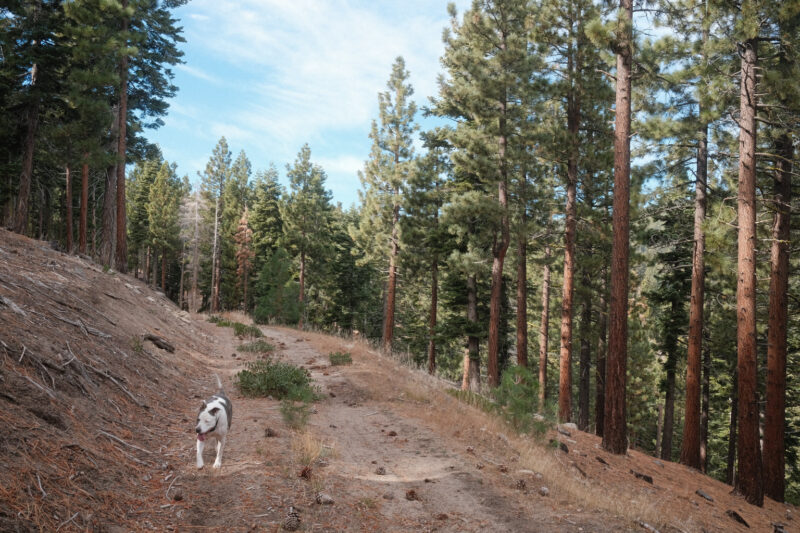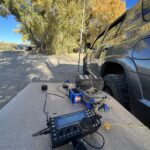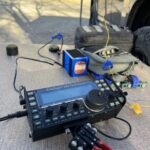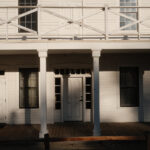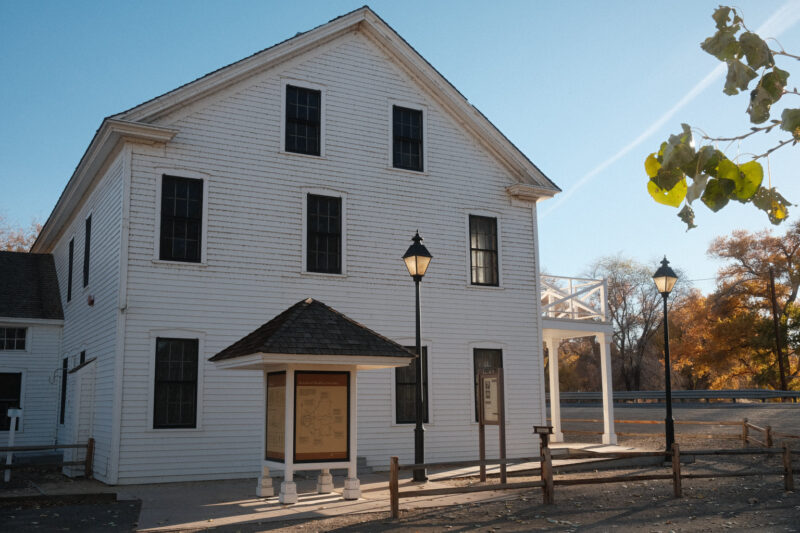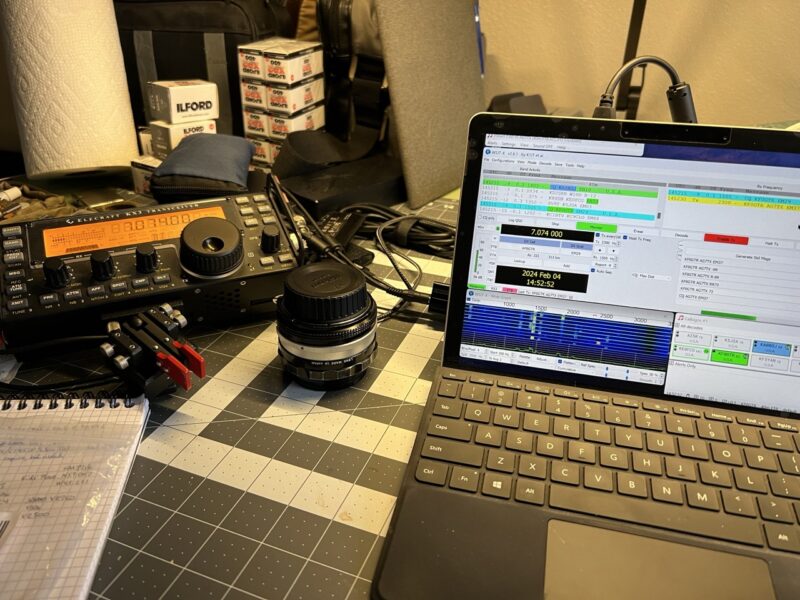
A week or so ago, I was motivated to get some of the digital modes operational on my portable station. I did not bring the Digirig Mobile that I specifically purchased for the Elecraft KX2/KX3 radios with me this trip. It was one of several things left behind because I simply did not have enough time to prepare for the trip. So, I did what I always do… I bought another module.
It is not actually a waste because I will put one in each of the KX3 and KX2 go-kits. Then there will not be a (significant) risk of leaving the module behind (again).
The WSJTX software gives access to the FT8 and FT4 modes, which are useful for quick exchanges such as those for a POTA or SOTA activation, or for a contest1. I have yet to use these modes for any of those things. But I do use them when home (in the radio noise) so I can play a little radio. I have yet to use FT8 for a park activation, although that is a thing.
JS8Call is a digital mode based on the FT8 engine, but permits more text than the quick exchange of the latter mode. That is, a full conversation contact is possible along with a lot more capability. This is a potential mode for emergency communications when voice operations are not possible or not advisable. I do use this mode to make contacts when at home and the noise is too much for me to hear other stations.
Both FT8 and JS8 are called weak signal modes because the computational engines are capable of extracting usable signals at the noise floor or below. This is amazing!
I spent a good part of Saturday getting everything running and testing the results. The main issue I encountered was a change in Windows 11 that treated the soundcard (the Digirig) as a DVD device with a data rate of 48KHz. I think the software was expecting a datarate of 44.1KHz (the CD rate).
Once I sorted this problem out, all three programs worked fine. I was able to send and receive email (Winlink) via HF radio. I was able to make contacts using both WSJTX and JS8Call modes. And these tasks were accomplished with the KX3 at five watts output into the Elecraft AX1/AXE antenna. The antenna is a tiny thing that I use when there is no room to deploy something larger. It is truly a compromise antenna. Yet I was able to accomplish my goals in a noisy environment using a compromise antenna and five watts.
The next step is to get the FLDIGI suite working on my Surface Go 2 and with the KX2/KX3 radios. This is another digital software package that has a lot of capability for many modes. It will be useful in an emergency setting when other means of communication (Internet, phones) are unavailable. But, for now, I want to spend time working with JS8 so I can learn its capabilities. I also need practice with Winlink so I can get around in it efficiently.
- Setup of WSJTX and JS8Call are closely related (use the same engine). Once one of them is working, the odds are that the other will work with only some small adjustments.
- Use the USB mode and not the DATA mode on the KX2/KX3 radios. That is what works best, at least for me.
- The bitrate of the soundcard is a big deal. It took some hunting to find it and I did not see it documented anywhere else. The search engines failed me in that regard.
- Getting VARA HF to work with the soundcard can also be a bit fiddly. The sure to pay attention to the ALC function of the radio (set the audio output of the soundcard or audio input the radio carefully). Any audio compression should be turned off. I suspect the same will be true of other modems (ARDOP, Packet, etc), although I have not tried them (yet).
- If you find you do not have enough headroom with the audio input or the audio output, an adjustment to the soundcard levels is appropriate through the Windows Sound setup page. (Which one will depend on what version of Windows you are running.)
- I am generally good at remembering how to do these configurations once I sort the approach out. However, it is probably a good idea to get the setup procedure recorded in one’s radio notes in case adjustments need to be made under the pressure of required operations.
That is my report for this little exercise. In total, I probably spent five or six hours fiddling with the equipment and software and another few hours playing with the radio. It was an intellectually challenging exercise because there are so many moving parts. But, it was still a good day.
I also had the chance to visit with my buddy in Montana, who decided to work on some of this as well.
Maybe some of these notes will help someone else over the hump. I know there was a lot of research to solve simple (ha) problems.
Life is good.
1Yes, some contests permit use of the FT8/FT4 digital modes.
